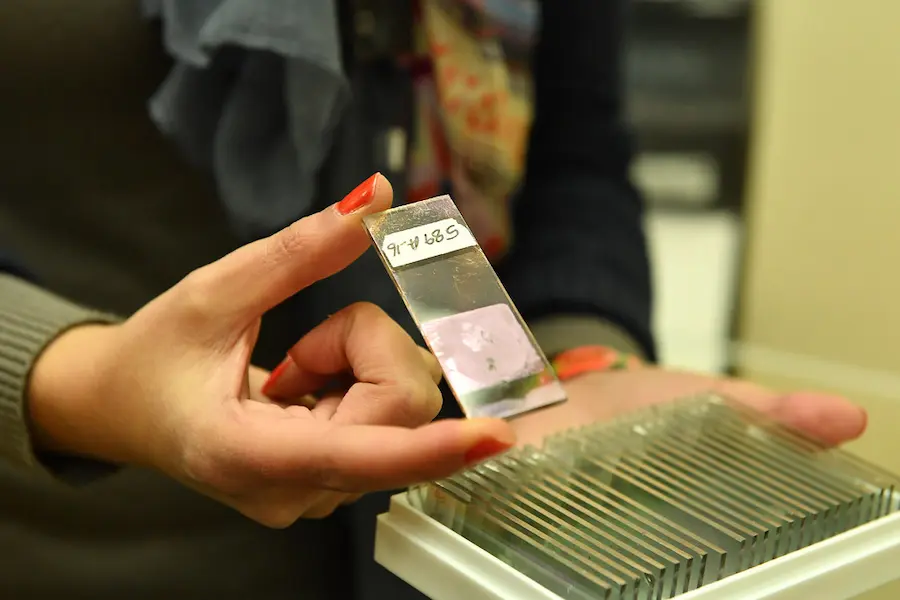The landscape of modern medicine is profoundly shaped by the ceaseless march of medical research. At the heart of many breakthroughs are human tissue samples, vital tools that allow researchers to probe deeper into the mysteries of human biology. From understanding the genetic underpinnings of diseases to developing cutting-edge treatments, human tissue samples play a pivotal role. However, the sheer variety of tissue types and their applications can be daunting. Today, we demystify these samplings in the meticulous dance of medical research.
Table of Contents
Why Are Human Tissue Samples Important?
Human tissue samples are invaluable resources that provide a window into the inner workings of the human body. These samples are used to study the progression and behavior of various diseases, identify biomarkers, develop new drugs, and practice and refine surgical procedures. Notably, they contribute significantly to personalized medicine, allowing for treatments to be tailored to a patient’s unique genetic makeup.
What Are Human Tissue Samples Used For?
Biopsies, which involve the removal of a small amount of tissue for examination, are a common practice in diagnosing cancer and other diseases. The subsequent study of tissue structure and function, known as histopathology, can reveal critical insights and drive treatment decisions.
Tissue samples are also the starting point for genomic and proteomic studies, which help researchers peek into the molecular mechanisms that underpin health and disease. By studying the genes and proteins within the tissues, medical professionals can design novel therapeutics and diagnostic tools.
The Variety of Tissue Samples
The assortment of tissue types available for researchers is expansive, ranging from the readily accessible to the highly specialized. Here, we spotlight a selection of these samples and the significant role each plays in medical advancement.
Blood and Bone Marrow: Blood and bone marrow are rich sources of genetic material and information. They are widely used in the study of blood cancers, such as leukemia and lymphoma, and serve as critical components for stem cell research and transplantation.
Solid Tissues: Solid tissues, including the liver and kidney, are pivotal in the understanding of organ-specific diseases. Liver tissue, for example, is used to investigate liver function and pathophysiology, while kidney samples help advance treatments for diseases like chronic kidney disease and renal cell carcinoma.
Neural Tissues: Neural tissues, such as the brain and spinal cord, are vital exploration grounds for neurological research, uncovering insights into Alzheimer’s, Parkinson’s, and other neurodegenerative diseases. They also support the burgeoning field of neuro-engineering, which aims to restore and enhance neural functions.
Reproductive Tissues: Reproductive tissues are essential in fertility research, understanding the impact of reproductive disorders, and developing interventions. Studies of ovarian and testicular tissues have far-reaching implications for reproductive health and endocrinology.
Tumor Tissues: Samples from tumors, both solid and liquid, provide invaluable information on cancer biology and progression. Whether it’s breast tissue or lung tissue, tumor biospecimens play a pivotal role in the development of targeted therapies and immunotherapies that are transforming the oncological landscape.
The Future of Tissue Samples in Medicine
As biomedicine inches closer to an era of unprecedented advancement, the role of human tissue samples in research becomes increasingly critical. Innovations such as organoids and other models of human physiology are already pushing the boundaries of what is possible, and the integration of artificial intelligence further enhances researchers’ capacity for discovery and interpretation.
Ongoing innovations in tissue preservation methods and analysis techniques continue to broaden the scope of research possibilities. Cryopreservation and high-throughput analysis tools are just the tip of the iceberg, promising to unlock new dimensions in our understanding of biology. The ultimate goal of medical research is to translate discoveries into tangible improvements in patient care. Tissue samples will continue to serve as the bridge between bench and bedside, facilitating the development of new diagnostics, drugs, and treatment modalities.
Tissue Samples Are the Building Block for Medical Discoveries
Human tissue samples stand as silent heroes in the medical research narrative. They open doors to new horizons, offering hope and healing to countless individuals. With a nuanced understanding of the types and applications of human tissue samples, medical professionals can harness the full potential of these invaluable resources to steer the future of medicine. Their responsible use paves the way for ethical, robust research methods that honor the dignity of the patients who contribute to the quest for better health.

